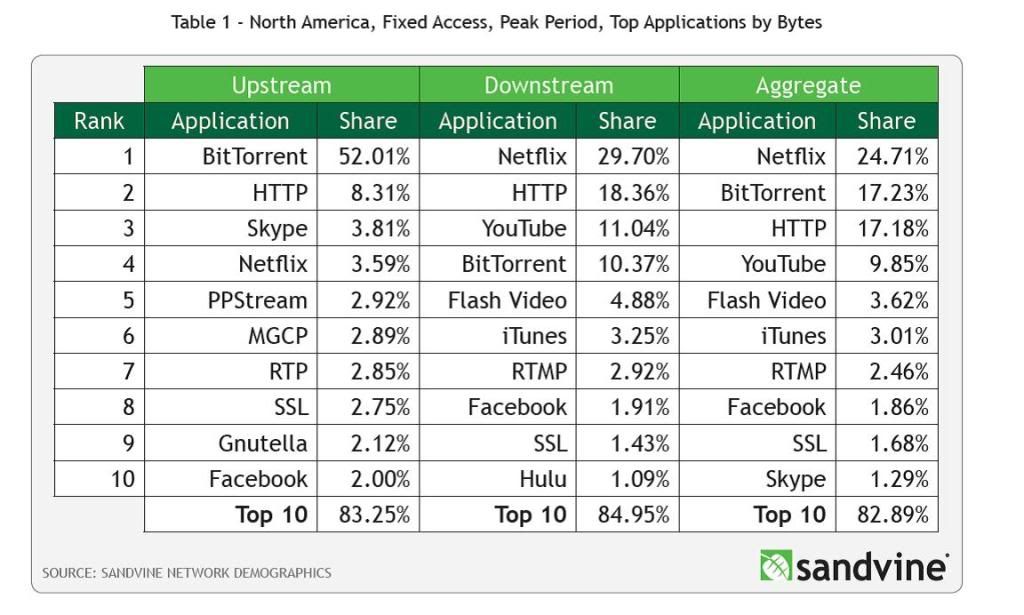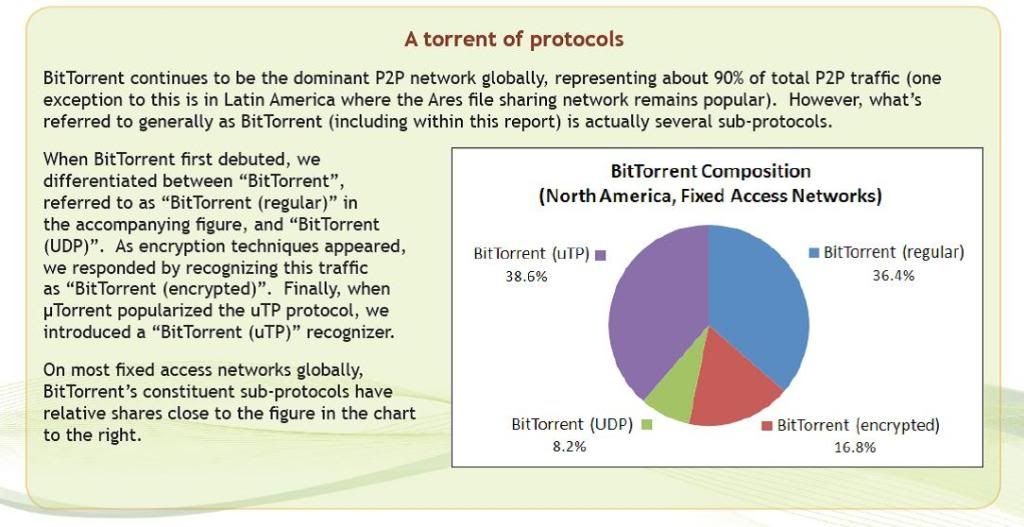A look at the Good Bad & Ugly of Santa Claus Machines in the anime landscape;

Properties too obscure to justify any mass-production merchandise are now the potential cash cow of a new global market
MakerBot (recently featured on The Colbert Report) isn't the first Santa Claus Machine to exist out there in the great big world, but with its high level of public accessibility (the low price and small size) and its support via the Thingiverse community of design, it is the first device of its kind to seriously exploit avenues of application that go far beyond engineering; applications like character goods and branded merchandise. Where once it would have been 99 different kinds of impossible for a small company to make a 1/10 statue of an obscure manga or anime character, you yourself as a consumer now have the ability to make it right in your own living room with the likes of MakerBot. Anime and manga characters and properties too obscure to justify any mass production of merchandise are now the potential cash cow of a new global market for Japanese pop-culture goods, with no in-process time, and no costly global distribution network, served only by software and JIT end-user manufacturing.
Anyone who has followed this blog knows I usually come down on the side of rights-holders when it comes to technology that can be used to proliferate media. But that doesn't mean I am touting MakerBot as some destroyer of worlds for the Japanese animation and Asian pop-culture character goods and branded merchandise market. This development has some great potential for forwarding the progress of fandom while contributing to the health of creative companies as well (how often does THAT happen?).
The Good:
D&D applications aside, you can't tell me that as an anime fan you never wanted to see figures made of characters which you like, but Kaiyodo never made them because the only people in the world who would buy them were you and 2 other guys. This has been a major imbalance in the otaku world for a while; Anime otaku demand some of the highest quality and detail in the figures they purchase, but that has pushed production costs through the roof, ensuring that companies would take very careful studies of how many they could expect to sell before jumping into production thereby choosing only the highest of high-profile character licenses. The result was a limited market with low profitability, and the subsequent evolution of the Garage Kit. G-Kits were an interesting thing, and one could easily tell if you were getting a real licensed production or a bootleg knockoff made in some shady Hong Kong warehouse somewhere. I still have a bunch of my old G-kits, and their appeal was that you not only had access to characters that were relatively rare, but the customization levels started with painting options and progressed (via skill level) to changing poses with acetylene torches, sanding, or pinning on other parts. Their availability was limited, they were tough to track down and if you were going to make them from scratch involved some nasty chemicals.
Characters from different universes can now be put together in ways never before possible outside of a professional sculpting studio
Like digital video opened a new universe of fan-subbing, MakerBot is going to change otaku culture on a quantum level. Now, you can get hyper-creative with not only the design of any figure, but also in terms of characters crossing intellectual property lines. Characters from different universes can now be put together in ways never before possible outside a professional sculpting studio. Ranma in a StarFleet uniform? Not a problem. Vegeta punching out Spider-Man? Easy peasy. The mechs from Macross and Gundam having dirty dirty robot sex? Hell, that's probably half rendered by now. The creativity offered by this design software will allow for unique character goods to be made by the end-user, who will have a willingness to pay if it means they can get exactly what they want. Part of the fun with G-kits was also that you could paint them differently from their original designs (unlike PVC), and one of the best ever was a one of a kind setup we sold at Anime Crash, which consisted of 2 of the same Rei Ayanami figures (16 inches, standing, original white plugsuit w/ longinus spear) where one was painted normal and the other was painted photo-negative. It was awesome and the set sold for $1,000.
The flurry of change doesn't stop with just animation and comic properties becoming more available as figures, but will also effect independent artists and creators who will now have access to a global market for their figures by skipping the cost-prohibitive stages of production and distribution, going straight from design to sale. As this technology develops and machines which can produce multi-color products become more prevalent (they exist from other technology companies but are very expensive), many of the barriers to entry which existed in the character-goods/figure/merch market will cease to exist. Waste and the cost of doing business will no longer keep creative artworks from being made available to the public. Just think of the money to be saved on shipping alone.
What would have been one single unique figure ...is now millions of potential pieces
The Bad:
Just like with Garage Kits it's a nebulous area when it comes to what this means for intellectual property rights. Sculpting a figure of your favorite character out of whatever material yourself, and putting it on your shelf doesn't technically violate a copyright, but that won't stop a company from interpreting that as a lost sale and hating you for it. This was never a problem because the time effort and skill to do this were only possessed by so few people that it didn't dent their customer base. With this new technology, we're getting closer to that event horizon tipping point. Although to properly design a dynamic character figure as a digital blueprint for the MakerBot would still take an insane amount of skill and time, the current dynamics of technology make things much more impacting. What would have been one single unique figure for the garage kit maker upon finishing is now millions of potential pieces in the new digital form thanks to the ability to transfer/copy files across the globe in seconds. A one time sale of an anime garage kit for $3,000 at an auction somewhere... companies don't bat an eye. But a MakerBot design of that same figure that's downloaded 1,000,000 times across the globe over 6 months? That's a big deal, and the rights holder is going to feel screwed.
Hypothetical situation to help you better understand how this is straight up bootlegging: You take one of these things to an anime convention and start producing made-to-order figures or merchandise (cups, rings, toilet paper holder, whatever) featuring popular characters. Congratulations, you're breaking all kinds of copyright law and are gonna get sued. The Artist Alley operates in a quasi legal space due to selling things at very low volume and combining original characters into their offerings. Here's another way to think about it: If you had some OEM factory make a bunch of Pokemon figures and then hauled them somewhere and sold them, you'd be a bootlegger. The fact that now the factory is in some little box on a table filling single orders doesn't change that. Small retailers who live day by day, and who can barely make their rent payments are going to abuse the hell out of this, and stopping them from the outside is going to be quite difficult.
Now, combine this issue with the possibility that these devices will proliferate to something like 1 in 20 American households (less than Netflix proliferation), and you're dealing with another huge problem all together: Software piracy. Think about it, the utopian era of zero inventory and no shipping costs for retailers is going to rely on the ability of patent and copyright holders to control who gets the digital blueprints that these machines use to make stuff. Without an airtight iTunes-style network where these designs can be properly sold, licensed, and distributed by their owners and monetized accordingly, the internet is going to become a free-for-all where protected IP would stand no chance. Need a specific tool made right now which is patented by not-you? Just torrent that design and no one will ever know. Maybe you're a Ctrl+Alt+Del fan (really?); Just download that design for that awesome figure in that awesome action-pose that some fan made and put on the internet, and you'll have a great product based off of characters that will never send even a fraction of a penny to their original creators.
the easier you make the legitimate distribution channel... the more people will gladly become paying customers
Moderate DRM, first mover advantages, and proprietary software/materials are going to be useful tools and strategies to combat this problem, but the number-one way to limit this kind of potential IP anarchy is to set up very strong barriers of convenience. What's that you ask? Netflix and iTunes work because going and torrenting that shit is too much trouble for enough people, and the result is that a stable customer base is created. Constantly changing code, or requiring that these machines use cloud computing to function properly is only one side of the coin. The more important side is; the easier you make the legitimate distribution channel to use compared to any alternative, the more people will gladly become paying customers.The Ugly:
Yeah, weirdos who get a boner for a blow-hole are still out there
So you've come up with a 3D design that is of a 4 breasted Sailor Moon performing fellatio on a Totoro while he gives a rim-job to Inu Yasha and Sasuke as they kiss each other... the furry version! Oh, those furries... you almost forgot about them in all this mess didn't you? Yeah, weirdos who get a boner for a blow-hole are still out there, and they have enough cash and enough computer skills to make something like that a reality. So think of every possible pop-culture piece you could make with this thing, -and- now come to terms with the fact that there will be an X-rated furry version made out of literally everything you just thought up, where Kirk is like, an Ocelot or something. This is section is going to trudge into some nasty territory for marketing people looking to protect their brands as well as enter the arena of establishing real legal precedents in American law.
From a marketing standpoint, if you work for Ghibli and come across something like the above mentioned, you're going to want to smash it into the machine that made it, and then smash that machine over the head of the freak who designed it. But, unless this person is selling/distributing that piece/it's design or charging others to come see it, there is no legal recourse in the USA that you can realistically expect to take. If he carved the thing out of wood or made it as a sand-castle or ice-sculpture it wouldn't break the law, so without legislation specifically regulating the use of "replication machinery" (a term that has yet to be legally defined) there's nothing a rights-holder could legally do. The only legal issues in such a case would be in regards to distribution of obscene material if that raunchy sand-castle was in full view of the general public. But I'm pretty sure the Skunk-Fuckers* wouldn't be quick to display that kind of thing in their front window. ...hopefully. (* Link is not to actual skunk fucking or the fucking of skunks).
Laws applying to this machine and its capabilities in terms of subject matter are likely to be ineffective even if they are drafted into legislation, as the obstacles to making them realistically enforceable, are A) If the US constitution protects your ability to make anything you want from a block of wood with a chisel, then it also protects the same ability to do so via plastic and this machine, and B) it would require a government agency to monitor what you make on these things in your own home, bringing up some Supreme Court level privacy issues (well, any few that are left thanks to George W. Obama's extension of the Patriot Act).
Now, imagine something worse. The kind of stuff that would go far beyond what got Christopher Handley into trouble. I've always had a problem with the notion that drawn, sculpted, or otherwise fictitious depiction of something illegal is the same as a photo or video of the actual thing happening itself. So if someone uses this machine to make some pretty nasty stuff, we might see more court cases involving the notion of art as protected speech.
The fact of the matter is, that once some weirdo gets a hold of this thing, we're bound to see some crazy fucked up shit at some point. But the same thing happened with the internet, and even with Rule 34, the world didn't end. The kinds of people who are going to make the nasty stuff are probably not going to have that many people over to see it. They're gonna be messed up anyway with or without this machine, so let's just take it as a side-effect that is bound to happen.
Conclusions:
The proliferation of MakerBot and machines like it is going to happen and that's that. If anyone should freak out about it, it's Wal-Mart, everyone in China, and UPS. Like any emerging technology, it's going to take use by early adopters to determine how it will develop as a part of modern life. I want one myself, just so I can make my own personalized coasters and poker chips.
the Japanese company doesn't see a whole lot of $5 sales where none existed before, they see a whole lot of $25 losses
I worry about Japanese companies accepting this as a viable channel for the global sale of character goods. They're not going to. They tend to measure loss in such a way as to simply create unrealistic pictures of how markets operate. If, for example; "Character A" has a figure out there in stores and that figure sells for $30, and "Character B" doesn't have a figure because B isn't very popular, but then this machine comes along and the digital blueprints for figure B sell for $5 each; the Japanese company doesn't see a whole bunch of $5 sales where none existed before, they see a whole lot of $25 losses because that's what the price difference was. Never mind the fact that Character B was never going to get a figure otherwise, or that the sales are profit-generating since there was no overhead... it's going to be felt as a loss, no matter how loudly the math says otherwise. Video and book publishers have a tendency to see one torrent or download as one lost DVD sale, and miss out on other opportunities because the square peg of their product marketing doesn't fit into the little round holes of niche markets (though sometimes this is out of their control due to the high costs of reaching those smaller markets). Changing the thought process of the right decision makers could prove to be a very tough task.
There is an episode of Oedo Rocket where the characters find out that a play they put on has been surreptitiously recorded and posted to a youtube-type website. It's an anime inside joke and they feel a sense of loss and violation, and to an extent that's totally justified; people who didn't buy a ticket are seeing this and all that. But what escapes this mentality, is that now people who never could have possibly bought a ticket due to geographic distance now have access to this material -- and a portion of that group will be willing to buy it as a product. While that youtube example can't show an effective example of this monetizing process, the MakerBot is probably the closest thing yet to making that an achievable business model.
I'm working on the proforma now, so if anyone is interested in a micro venture-cap raise for an idea involving this (my idea, it's awesome), let me know.




























